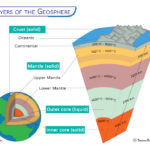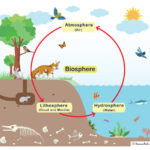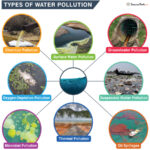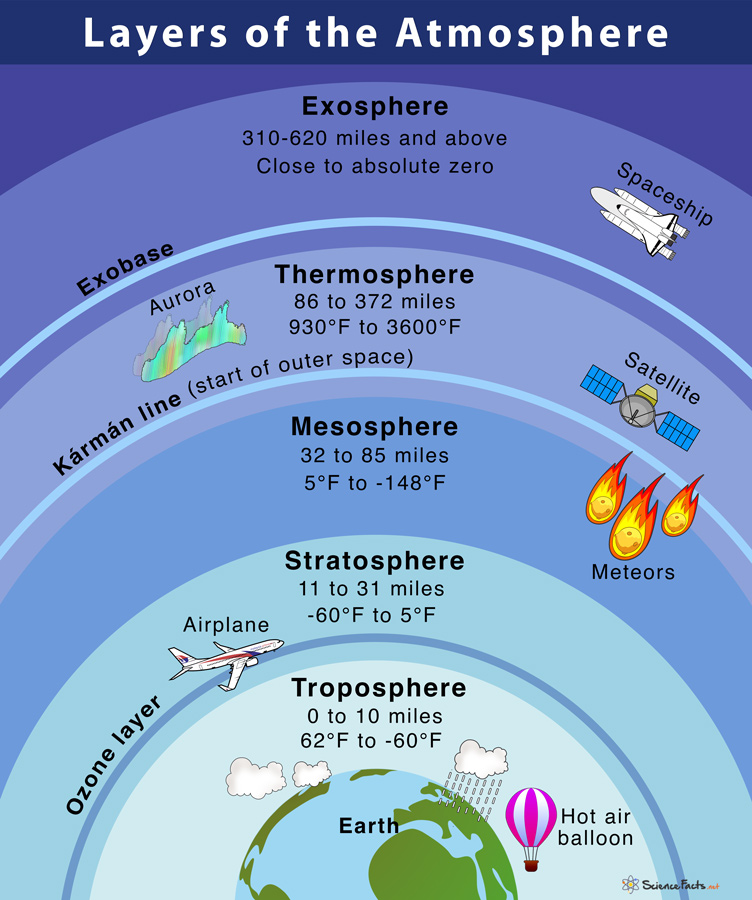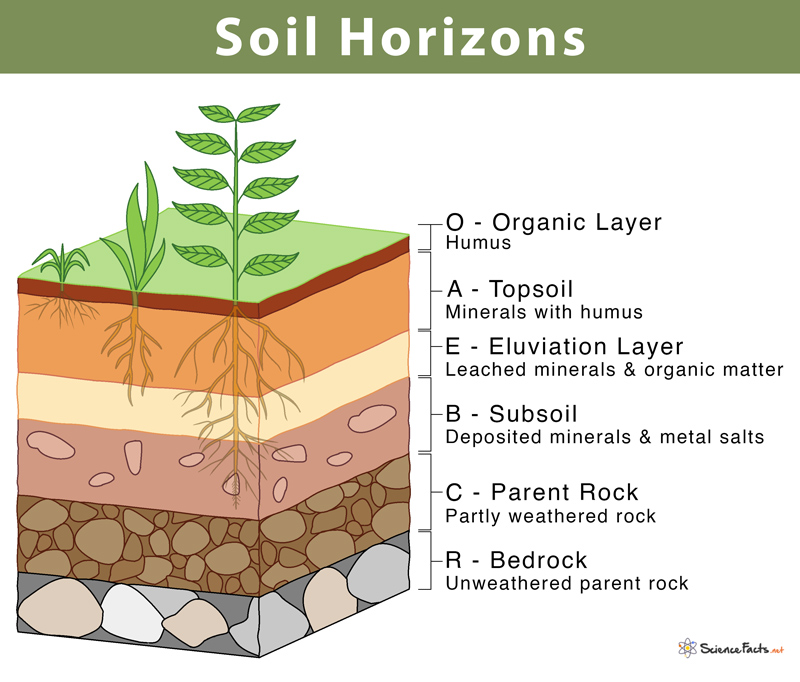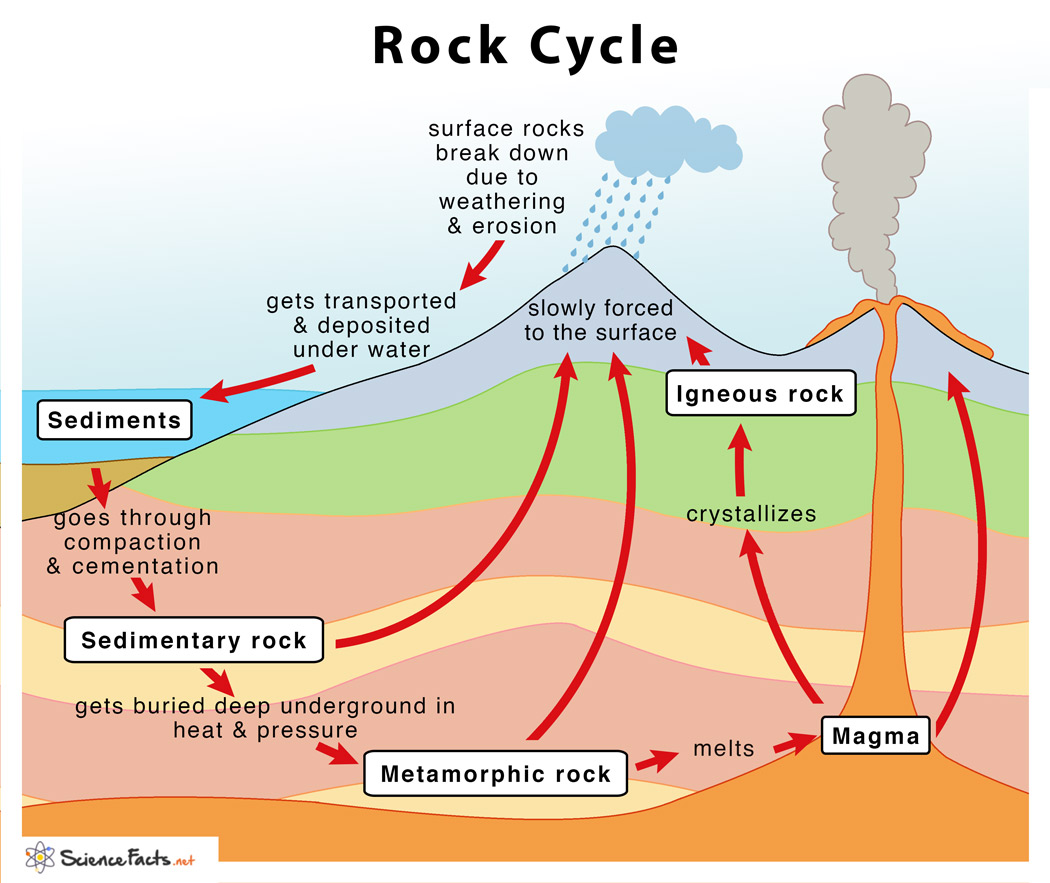How do Hurricanes Form
Hurricanes are cyclones that form over the Atlantic or the eastern Pacific Ocean. They are called typhoons or tropical cyclones in other parts of the world. All tropical cyclones form in the same way that typically requires the same hostile conditions causing devastating consequences when they hit land surfaces.
Most hurricanes take around a week to form. However, some are found to have developed within 1-2 days, and a few can take about a month if sufficient water vapor is not present. Hurricanes mostly form in the Caribbean Sea, the Gulf of Mexico, and the Atlantic Ocean.
What Causes a Hurricane to Form
Hurricanes are giant engines that fuel their development with warm, moist air masses. Thus the first condition required for the formation of a hurricane is warm ocean water, where the ocean is at least 80° F for up to 50 meters under the surface.
The following requirement is the wind. In the Atlantics, the wind blows westward from Africa, helping the warm air to rise, forming a low pressure underneath. Then the surrounding cold air from the high-pressure regions rushes to take its place.
The fresh air also becomes warm and rises, and this cycle continues. Meanwhile, the water vapor cools, forming tiny droplets of water that condenses and starts to form cumulonimbus clouds.
Meteorologists have divided the development of tropical cyclones into four stages:
Tropical Disturbance
As the water vapor from the warm ocean condenses to form clouds, it releases heat. The continuous rising air adds up to the formation of clouds. It results in a pattern where the wind circulates a center. When enough air has accumulated, it becomes a cluster of thunderstorm clouds, known as a tropical disturbance.
Tropical Depression
When the thunderstorm has grown, the air at the top of the cloud column cools and becomes unstable. As heat is released from the cooling water vapor in the atmosphere, the air at the top of the clouds becomes warm. It increases the air pressure causing winds to move outward from the high-pressure region. The movement and warming of air cause pressures at the surface to drop.
The air at the surface of the cloud column moves toward the lower pressure area and rises, forming more thunderstorms. In the cloud column, winds spin rapidly in a circular motion. When the winds reach between 23-39 mph, the storm is a tropical depression.
Tropical Storm
Soon the wind speed reaches 40mph, and we call it a tropical storm. It can reach a speed of up to 73 mph. During this period, the wind gets a name. It blows fast and circularly, moving from west to east (counterclockwise) in the northern hemisphere and east to west (clockwise) in the southern hemisphere. This phenomenon is known as the Coriolis effect. At the equator, the Coriolis effect is not observed.
As the storm system rotates fast, an eye forms in the center. It is calm and clear in the eye, with low air pressure. Higher air pressure from above flows down into the eye.
Hurricane
The storm is called a hurricane when the wind speed reaches 74 mph. It is at least 50,000 feet high and around 125 miles in cross-section.
The eye of the wind is almost 5-30 miles in width. The winds and the low air pressure result in a massive mound of ocean water piling up near the eye of the hurricane that helps to develop a monster storm as it approaches the land surface.
Hurricanes weaken as they hit the land surface, as they cannot gather energy from the warm ocean waters. However, in most cases, their power is sufficient to cover a lot of inland distances before they lose out of energy. During a single wind, raging winds can churn out almost half as much energy as the electrical generating capacity of the whole world.
Depending on the speed at which they hit the land and the damage they cause, all tropical cyclones are of five types:
| Type | Wind Speed (in mph) | Damage to Landfall |
|---|---|---|
| Type 1 | 74-95 | Minimal |
| Type 2 | 96-110 | Moderate |
| Type 3 | 111-129 | Extensive |
| Type 4 | 130-156 | Extreme |
| Type 5 | ≥157 or higher | Catastrophic |
FAQs
Ans. Since tropical cyclones need warm water to survive, only as low as 2% of them are found to form over the land during the period 1851-2015, according to the report by Michael Lowry, a hurricane specialist with The Weather Channel.
-
References
Article was last reviewed on Saturday, February 25, 2023

